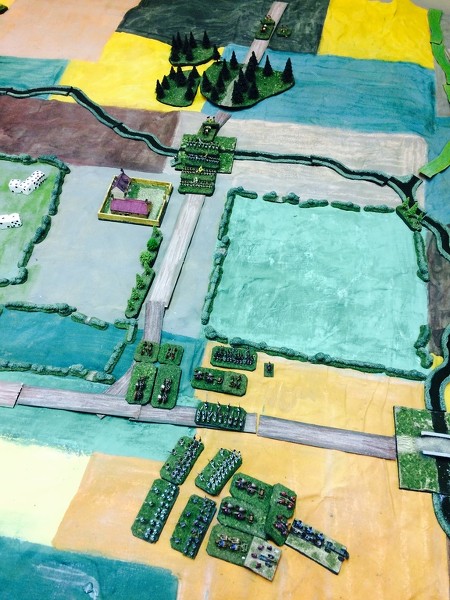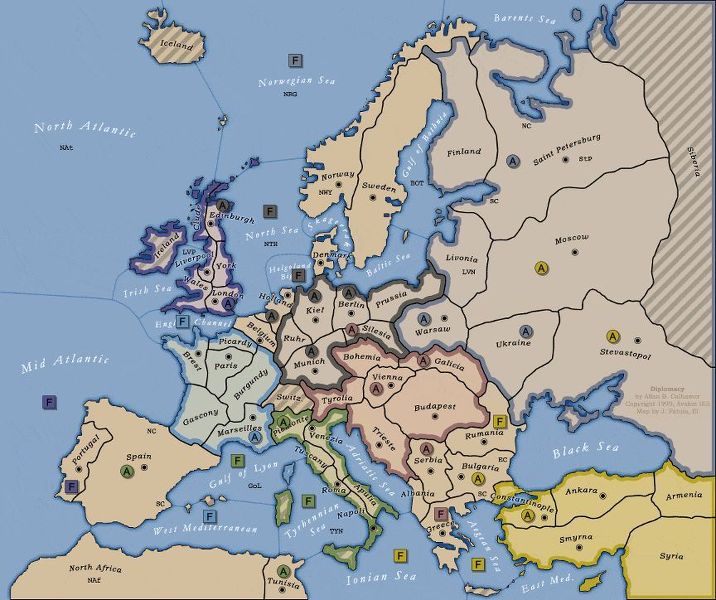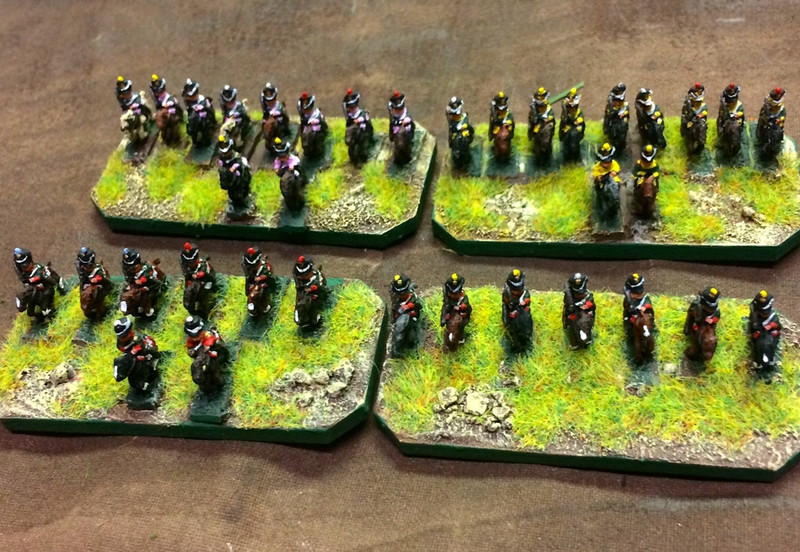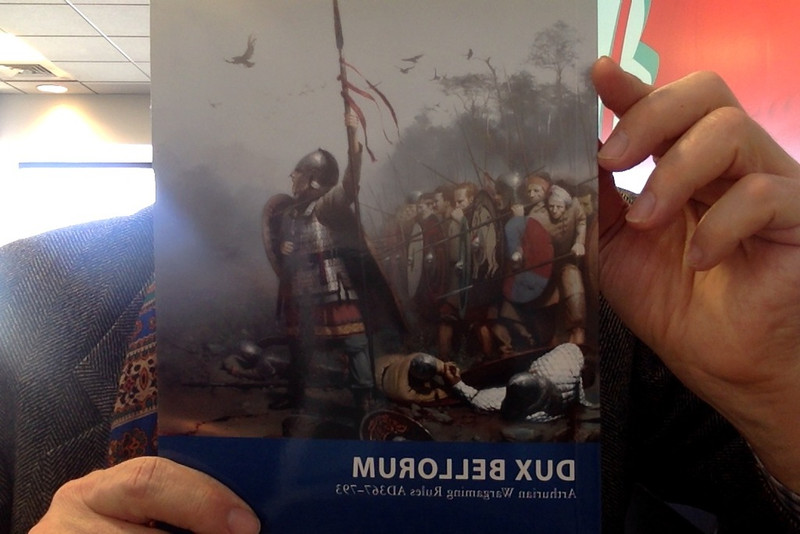Back in February I posted a lot of guff about an experiment using Sam Mustafa’s battle generator for Blucher, Scharnhorst to play a solo Napoleonics mini-campaign. I ended with the two sides having blundered into each other for the climactic battle of Karlseck-Kaltenbach, in which Napoleon and some fictitious Marshals, named after some innocent colleagues of mine, took on Napoleon’s equally fictitious Austrian nemesis, Duke Kurvi-Tasch, to battle for the strategic town of Kaltenbach.
You can find the account of the final maneuvers to the battlefield here.
A reminder of the dispositions. Austrian’s left to right: I Korps: Grenzer Division, Infantry Division w. Kurvi-GTasch, Cavalry Division; Independent: Sachsen’s Lt Cavalry Division on the far righ

French right: Legros’ Infantry Division
Centre: Napoleon with the Guard and Dupont’s Light Cavalry Division
Left: Moisan’s Infantry Division
Napoleon is expecting one more division, the infantry of Lafreniere, at some time, but does not know when. Lafreniere is one square south of Karlseck n the map.

Initial moves. Sachsen’s cavalry cross the stream and move on the French left, while the cavalry division with its horse artillery from K-T’s Korps move in support. Napoleon orders Dupont’s cavalry division, three light and one dragoon brigades, to move to intercept them.

In the centre, K-T marches south towards Napoleon’s position, His plan is to pin the French centre and allow Groll’s Korps, when it arrives, to roll up the French left. K-T’s division is very solid, a grenadier brigade and three veteran infantry brigades, supported by heavy artillery, so Napoleon has something to worry about.

On the Austrian left, K-T sends his division of three Grenzer brigades straight south to threaten Karlseck and hopefully pin some of the French there. Moisan leaves two brigades to hold the town, and moves his other two, with his heavy artillery regiment, to support Napoleon in the centre. Breaking Moisan’s corps up means that if I want to use the two brigades left behind in Karselck, I have to roll for them separately towards my random points cost each turn. I hope i won’t have to move them much.

Napoleon calmly awaits in the centre. He has three brigades of the Guard, and a brigade of Guard cavalry, as the last reserve. The Emperor hopes he won’t have to use them, and watches events unfold calmly. I need a better staff marker/diorama for Napoleon. Incidentally, in a points game, Napoleon is a good investment. As I understand the rules, he always allows a Corps to move for only two command points ut of the random total rolled each turn, which is useful.

By about 10:00hrs, things take a nasty turn for the French as Groll’s Korps arrives on their left flank. Here Groll’s lead division of cavalry (mostly average troops) surges forward while Sachsen’s and K-T’s divisions of horse move up behind them. Dupont braces for the onslaught and orders his horse artillery to start banging away. His four cavalry brigades must face eleven Austrian brigades, but fortunately not all at once. Notice that in the bottom right, my recently painted stands of Cahsseurs a Cheval are retreating to pass through their supports, to force the Austrians to come on and buy some time.

A wider view of the French left flank, showing Moisan trying to get his infantry division and guns ready to support Dupont’s horse and block Groll’s infantry which have yet to arrive.

Slowly but surely, Dupont’s cavalry brigades are asked onto the ballroom floor and begin to dance with the Austrians. On the far left you can see the first of Groll’s two infantry divisions arriving.

Casualties mount on both sides. One Austrian brigade is broken and several battered, but Dupont’s troopers are getting mauled and begin to reach their break points.

Dupont’s weary brigades fall back behind their horse artillery and are withdrawn, meaning that they are removed from the game but do not count as broken units towards the French break point. By now Moisan’s four infantry brigades are in a line, their left anchored by artillery, and can take up the slack until help arrives. Will help arrive?

The French pay the price for leaving Dupont’s horse artillery unsupported. They are overrun by two brigades of Austrian horse and eliminated. Dupont’s division has now been ruined.
As an aside, I need to rethink my use of artillery in Blucher. I like using the limber and cassion stands I have, but they aren’t required by the rules and don’t seem to add much to game play. With them on the table, an artillery regiment (three batteries combined together in Blucher terms) takes up an awful lot of space. Other Blucher players have advised me to get rid of them and just add batteries to individual brigades, thus giving them an extra dice, which would probably work well but would seem rather abstract to me. Hmmmm.

By now it is around 14:00. On the left, the first of Groll’s infantry divisions has arrived behind his cavalry, but the Austrian die rolls for command points are not always large, and so not every part of the Austrian plan can be implemented each turn. That, plus the size of the table, s really keeping the Austrians from getting into the game. Either I use a smaller table, or I give the rules a tweak and allow units that end their turn out of range (more than 6 base widths from artillery, two from infantry) of enemy units to move twice their normal movement rate - this would be a variation of the Blucher rule where units basically get a first free move of 12 BWs since they are usually considered to start hidden.
It’s getting on for mid afternoon and Napoleon catches a break. Lafreniere’s infantry division marches onto the table, and is ordered to move left to support Moisan. Moisan’s artillery regiment and two brigades of infantry will have to block Kurvi-Tasch’s oncoming division by themselves.

Marshall Luigi, master of the battlefield. He is a very social fellow, and I find that I am never stern enough to shoo him off the table. He just wants to keep me company, I think. Weirdly, he also hops on the bathroom counter when I am shaving and watches the water go down the sink with great fascination. Odd little cat.

Hopefully by the end of the week I can tell you how it all ended.
Blessings to your die rolls! MP+






















































